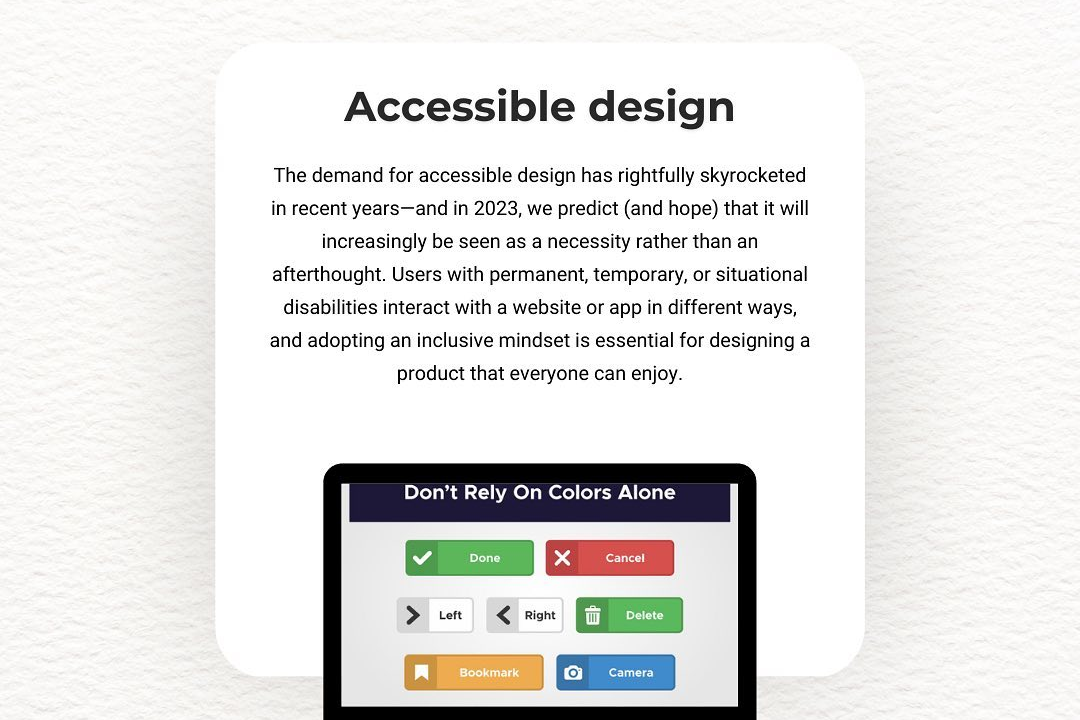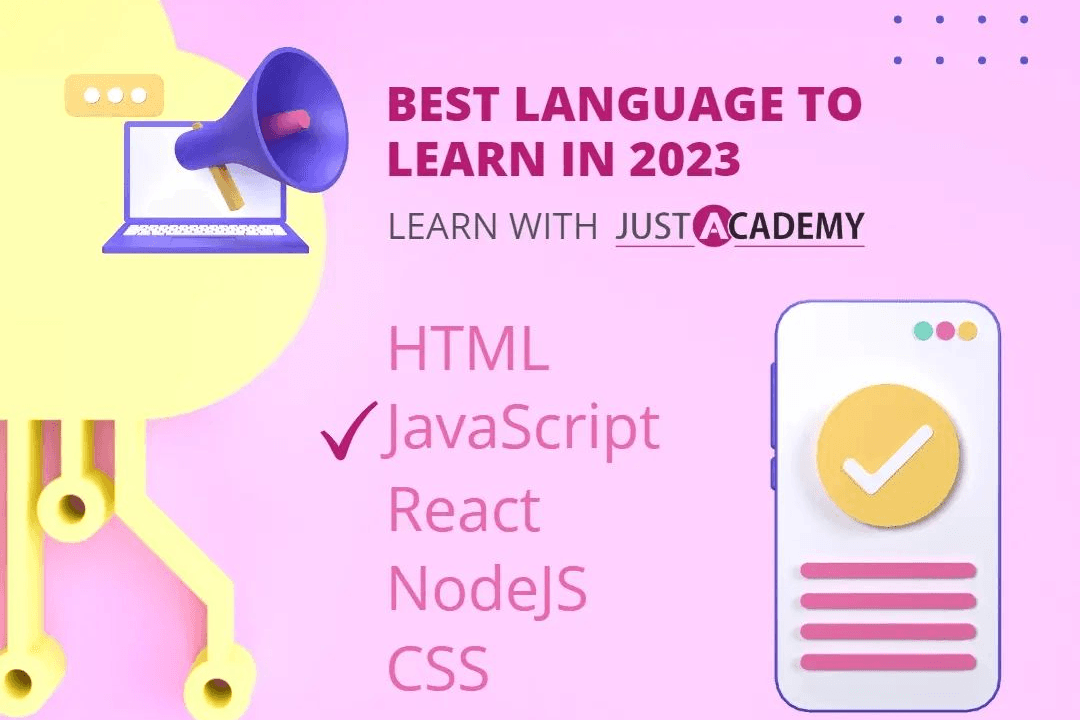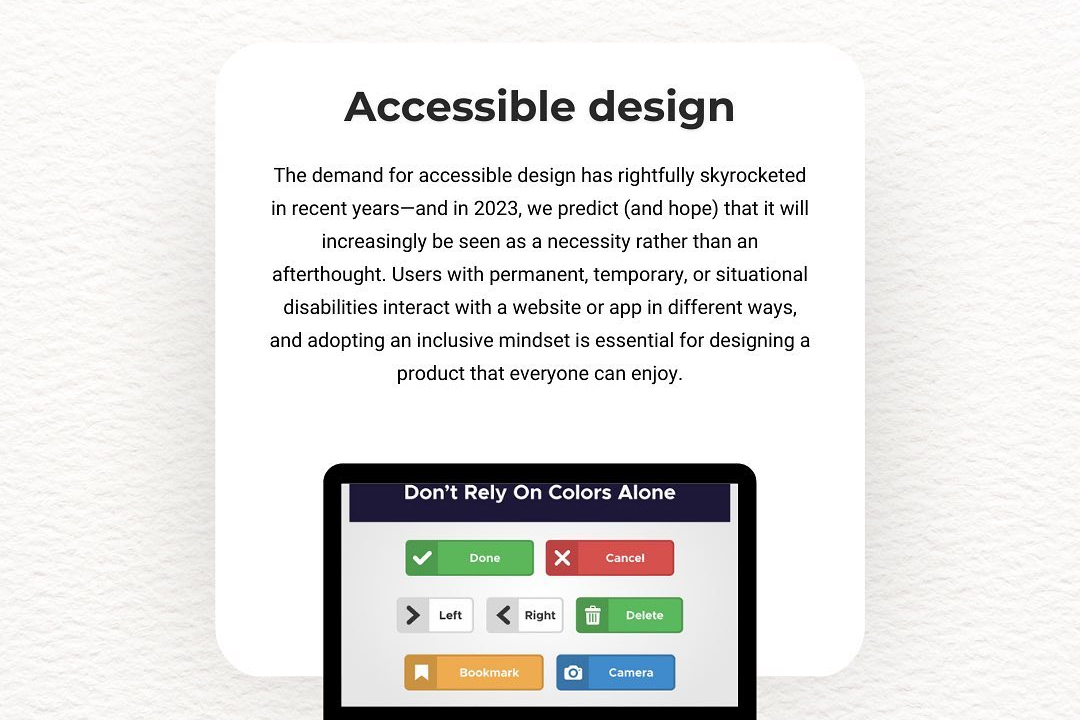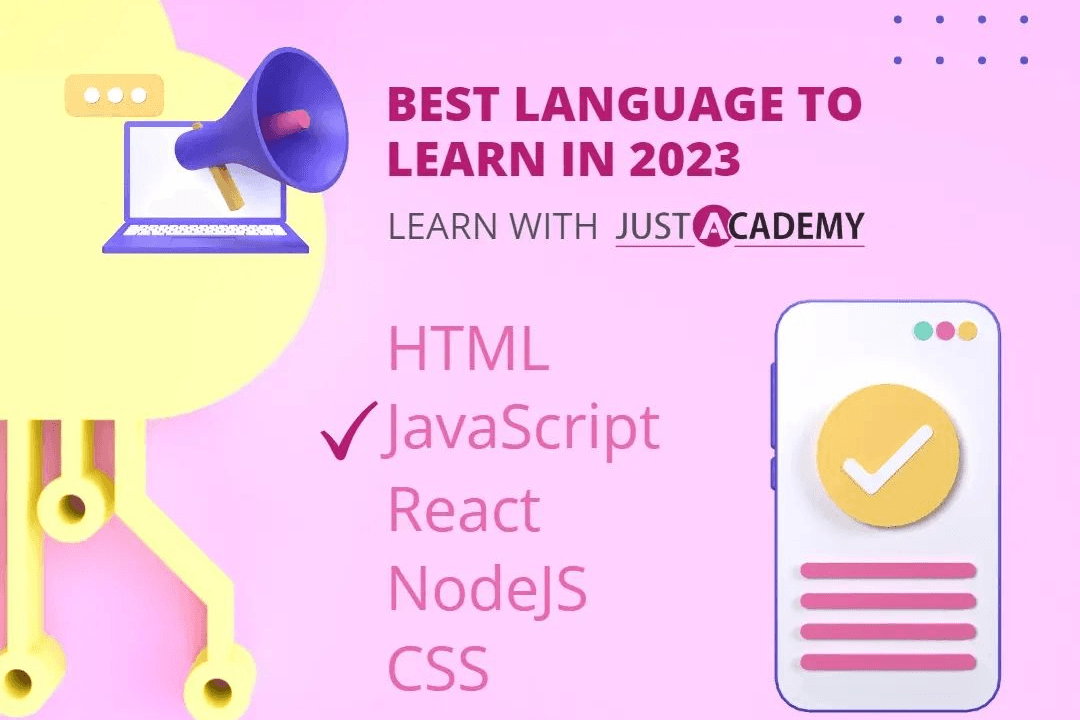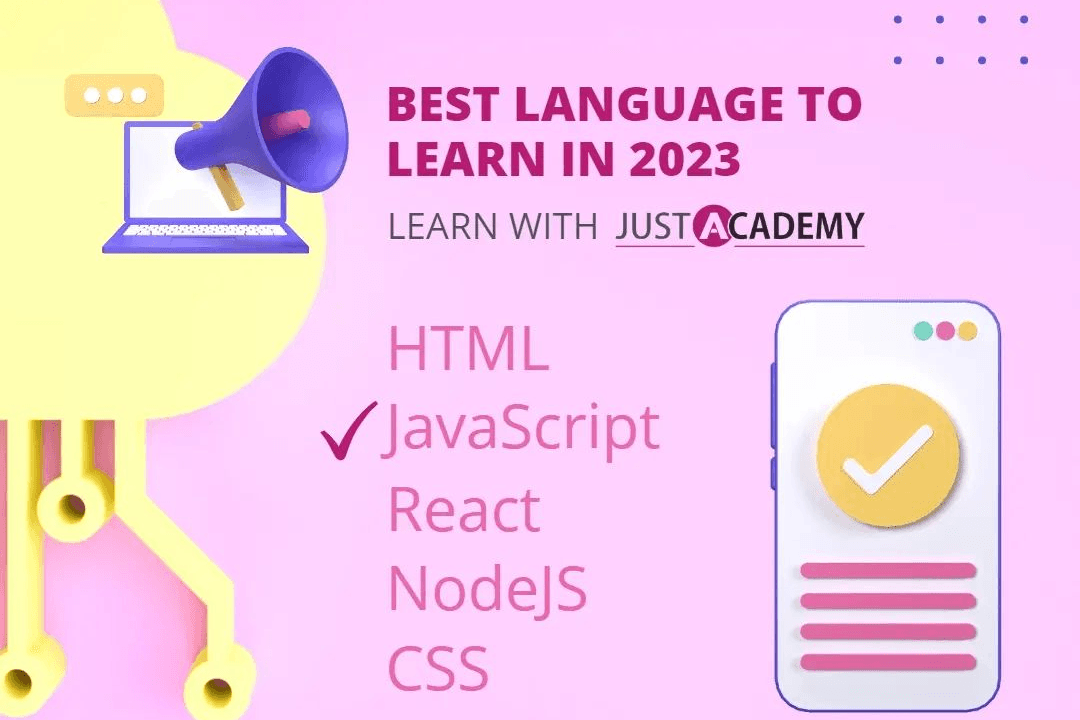How to AI Programming in PHP
AI programming in PHP involves using PHP scripts to develop intelligent functionalities such as data
How to AI Programming in PHP
AI programming in PHP enables developers to integrate intelligent features such as data analysis, automation, and personalized user interactions directly into web applications. Utilizing PHP's capabilities, along with APIs and libraries, allows for adding AI-powered functionalities like chatbots, recommendation systems, and natural language processing without the need for complex environments. This makes AI accessible and practical for web developers, enhancing user experience and operational efficiency while streamlining the development process for AI-driven solutions within familiar PHP frameworks.
To Download Our Brochure: https://www.justacademy.co/download-brochure-for-free
Message us for more information: +91 9987184296
AI programming in PHP enables developers to integrate intelligent features such as data analysis, automation, and personalized user interactions directly into web applications. Utilizing PHP's capabilities, along with APIs and libraries, allows for adding AI powered functionalities like chatbots, recommendation systems, and natural language processing without the need for complex environments. This makes AI accessible and practical for web developers, enhancing user experience and operational efficiency while streamlining the development process for AI driven solutions within familiar PHP frameworks.
Course Overview
The “How to AI Programming in PHP” course provides a concise introduction to integrating artificial intelligence into PHP applications, covering core concepts, tools, libraries, and real-time project implementations to enable developers to build intelligent web functionalities efficiently.
Course Description
Learn to integrate AI into PHP with this course, covering essential concepts, tools, libraries, and real-world projects to build intelligent web applications efficiently.
Key Features
1 - Comprehensive Tool Coverage: Provides hands-on training with a range of industry-standard testing tools, including Selenium, JIRA, LoadRunner, and TestRail.
2) Practical Exercises: Features real-world exercises and case studies to apply tools in various testing scenarios.
3) Interactive Learning: Includes interactive sessions with industry experts for personalized feedback and guidance.
4) Detailed Tutorials: Offers extensive tutorials and documentation on tool functionalities and best practices.
5) Advanced Techniques: Covers both fundamental and advanced techniques for using testing tools effectively.
6) Data Visualization: Integrates tools for visualizing test metrics and results, enhancing data interpretation and decision-making.
7) Tool Integration: Teaches how to integrate testing tools into the software development lifecycle for streamlined workflows.
8) Project-Based Learning: Focuses on project-based learning to build practical skills and create a portfolio of completed tasks.
9) Career Support: Provides resources and support for applying learned skills to real-world job scenarios, including resume building and interview preparation.
10) Up-to-Date Content: Ensures that course materials reflect the latest industry standards and tool updates.
Benefits of taking our course
Functional Tools
1 - PHP Programming Language
PHP serves as the foundational language for AI programming in this course. Students learn the syntax, functions, and frameworks necessary to develop intelligent applications. PHP is widely used for web development, making it essential for integrating AI features into websites and web based platforms. The course covers PHP essentials and advanced techniques to ensure learners can build robust AI modules within their existing PHP projects. Practical coding exercises reinforce understanding, enabling students to write efficient, clean code that leverages AI capabilities for real world applications.
2) Machine Learning Libraries and Frameworks
While PHP does not have as many native AI libraries as Python, this course introduces students to compatible tools and APIs that facilitate machine learning model integration. Techniques include using REST APIs from popular ML platforms like TensorFlow, IBM Watson, or Google AI services, which can be called from PHP scripts. The course guides learners on how to connect PHP applications with these external ML services, enabling them to deploy predictive models, natural language processing, and image recognition features effectively. This approach broadens the scope of AI integration within PHP projects, making complex functionalities accessible.
3) REST API Integration Tools
REST APIs act as bridges between PHP applications and external AI models or cloud services. Students learn how to consume RESTful APIs to send data to AI models and receive processed results. Practical sessions involve setting up API calls using PHP cURL functions, managing authentication tokens, and parsing JSON responses. These skills help learners incorporate AI functionalities like chatbots, recommendation systems, or predictive analytics into their web applications seamlessly. Mastery of API integration is critical for enabling real time AI features within PHP environments.
4) Data Handling and Processing Tools
Effective AI implementation requires proper data management. The course introduces PHP based tools for data collection, cleansing, and formatting to prepare datasets for analysis and model training. Techniques include working with CSV, JSON, and XML files, handling large datasets efficiently, and ensuring data integrity. Students learn how to store, retrieve, and manipulate data within databases like MySQL or NoSQL options suited for AI projects. These data handling capabilities are vital for creating accurate and reliable AI models within PHP projects.
5) External AI Service Platforms
Platforms like IBM Watson, Google Cloud AI, and Microsoft Azure Cognitive Services are explored as vital tools for AI programming in PHP. These platforms offer pre trained models and APIs that simplify complex AI tasks such as speech recognition, language translation, and image analysis. The course demonstrates how to set up accounts, generate API keys, and integrate these services into PHP applications. By leveraging external AI services, students can implement sophisticated features without building models from scratch, accelerating project development.
6) Natural Language Processing (NLP) Tools
NLP integration is a key aspect of AI programming. The course covers tools that enable PHP applications to analyze and interpret human language. Students learn how to connect with NLP APIs, perform sentiment analysis, language detection, and text summarization. Practical exercises include building chatbots or customer support automation systems. These tools expand the functionality of PHP based apps, making them capable of understanding and responding to user inputs intelligently.
7) AI Model Hosting and Deployment Platforms
Hosting platforms such as Google AI Platform or AWS SageMaker are discussed to teach students how to deploy, manage, and scale AI models. PHP applications can interact with these hosted models via API calls, allowing for real time prediction and analysis. The course covers setting up deployment pipelines, version control, and monitoring model performance. This ensures learners can maintain AI services in production environments, providing scalable and reliable solutions to end users.
8) Version Control Systems for AI Projects
Tools like Git are essential for managing code changes and collaboration during AI project development. Students are trained to use Git to track modifications, collaborate with peers, and manage multiple versions of their AI scripts and models. Version control facilitates organized development workflows, important for ongoing AI projects and team based environments. Mastery of Git ensures smooth project management and enhances productivity across development stages.
9) Development Environments and IDEs
Integrated Development Environments such as PHPStorm, Visual Studio Code, or Sublime Text are essential for coding efficiency. The course teaches how to set up these IDEs with relevant plugins and extensions to support debugging, syntax highlighting, and code completion. Working within a familiar environment accelerates development and troubleshooting, enabling students to focus on the logic and integration aspects of AI programming with PHP.
10) Debugging and Testing Tools
Tools like Xdebug for PHP enable learners to identify and fix bugs effectively in AI enabled applications. Testing frameworks help validate the accuracy and performance of AI functionalities within PHP projects. The course emphasizes iterative testing, performance profiling, and debugging strategies to ensure high quality, bug free AI integration in real world applications. These skills are fundamental for maintaining reliable and efficient AI services.
11 - AI Data Visualization Tools
Effective data visualization enhances understanding of AI model outputs and data insights. The course introduces PHP compatible libraries and tools such as Chart.js, D3.js, and integrate with PHP to create dynamic, interactive dashboards. Students learn to display predictions, model performance metrics, and data distributions visually, making complex AI results accessible and comprehensible for stakeholders and end users.
12) Cloud Computing and Storage Solutions
Leveraging cloud infrastructure is key for scalable AI applications. The course covers integrating PHP applications with cloud storage options like Amazon S3, Google Cloud Storage, or Azure Blob Storage. These tools facilitate efficient data handling, model deployment, and scalable compute resources essential for heavy AI workloads. Learners understand cloud concepts such as serverless functions, auto scaling, and cost management to optimize AI project deployment.
13) Containerization and Virtualization Tools
Tools like Docker enable consistent development and deployment environments for AI projects. The course teaches how to containerize PHP applications that incorporate AI modules, ensuring portability, scalability, and ease of maintenance. Containerization simplifies deployment pipelines, enhances collaboration, and allows testing of AI services across different systems without compatibility issues.
14) Automated Workflow and CI/CD Pipelines
Continuous Integration and Continuous Deployment (CI/CD) tools streamline AI project updates. The curriculum includes configuring pipelines with tools like Jenkins, GitLab CI, or GitHub Actions for automating testing, building, and deploying AI enabled PHP applications. This automation accelerates development cycles, ensures code quality, and facilitates rapid deployment of new AI features.
15) Security and Privacy in AI Applications
Handling sensitive data and AI model security are vital. The course emphasizes implementing security best practices such as data encryption, secure API key management, OAuth authentication, and user access controls within PHP based AI applications. Learners are trained on privacy compliance standards like GDPR and HIPAA, ensuring their AI solutions protect user data and maintain trust.
16) Ethical AI and Bias Mitigation
Building responsible AI involves understanding biases and ethical considerations. The course discusses strategies to identify and mitigate bias in datasets and models, promoting fairness and transparency. Students examine case studies and learn best practices to develop ethical AI solutions within PHP applications, fostering trust and societal benefit.
17) User Interface (UI) and User Experience (UX) Design for AI Products
A seamless interface enhances user engagement with AI features. The course covers designing intuitive front end interfaces using HTML, CSS, and JavaScript, integrated with PHP backend scripts. Learners create user friendly dashboards and interaction components that effectively communicate AI insights and enable users to interact naturally with AI functionalities.
18) Custom AI Model Development and Training
Although PHP isn’t the primary language for training models, the course introduces methods for custom AI model development using Python or R, with PHP serving as the front end or API interface. Students learn to set up training environments, prepare datasets, and deploy models for integration into PHP applications, enabling tailored AI solutions.
19) Real Time Data Processing Technologies
Handling streaming data is crucial for real time AI applications. The course explores tools like WebSockets, Kafka, or RabbitMQ for PHP, enabling applications to process and analyze live data feeds. This is particularly useful in scenarios like live chat moderation, stock trading, or IoT sensor data analysis, providing instantaneous AI driven insights.
20) Industry Use Cases and Project Work
To consolidate learning, students work on industry specific projects such as e commerce recommendation systems, fraud detection, chatbots, or healthcare diagnostics. These real world projects involve applying all relevant tools and techniques learned during the course, culminating in portfolio ready AI applications built with PHP that demonstrate practical expertise and problem solving skills.
Browse our course links : https://www.justacademy.co/all-courses
To Join our FREE DEMO Session:
This information is sourced from JustAcademy
Contact Info:
Roshan Chaturvedi
Message us on Whatsapp:
Email id: info@justacademy.co

